The historical marker outside Pease Elementary School, celebrating the campus as the oldest continuously operating public school in Texas, has been sharing the spotlight with frantic handmade fliers and banners since early September. The signs, hung around the campus, read “Keep our school open to all,” or, in a young student’s handwriting, “Please save Pease.”
These pleas come from the students at Austin’s oldest elementary school to the AISD school board, which had named their school as one of 12 potentials for closures back in September. In October, the board of trustees decided to slow down the process of closing all 12 school, leaving only Brooks, Sims, Metz and Pease elementary schools up for debate.
After almost three months of push-back from these communities determined to save their schools, or at least to understand the process and the rationale behind the closures, the board of trustees voted 6-3 on Nov. 18 to move forward with its Changes plan. Starting in 2020, Brooke, Metz, Pease and Sims students will all be relocated to other campuses with more modernized facilities.
The proposal’s goal is to consolidate schools with low enrollment in the hopes of better allocating funds to where they would most benefit students and teachers. Cost efficiency is what AISD says kept Brooke, Sims, Metz and Pease on the closure list while they delayed closing the eight other schools. Gilbert Hicks, AISD’s associate superintendent for elementary schools explained to community members that the four schools were all choices for closures as they wouldn’t take any extra money to consolidate. The district’s plan is to fund each consolidation with money from the 2017 bond.
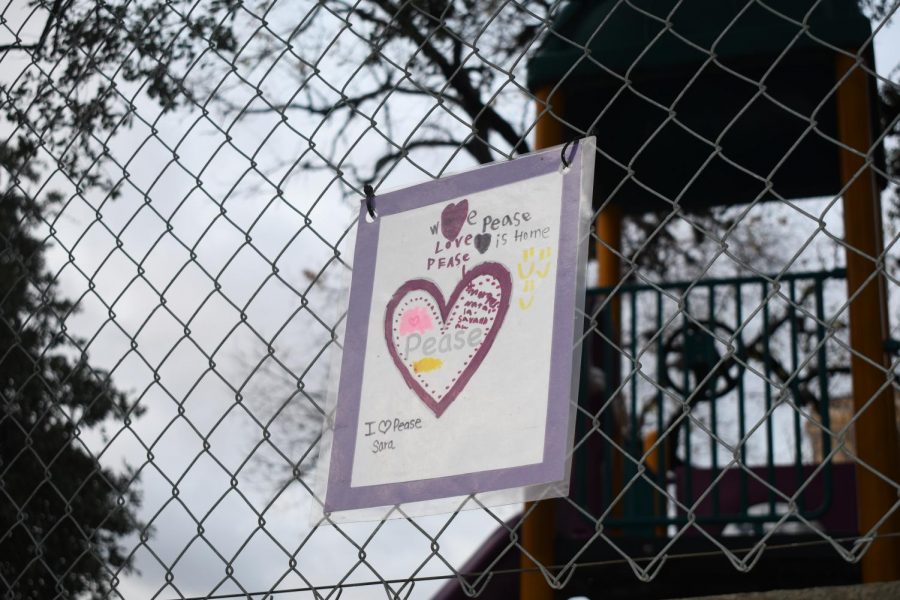
“The ultimate goal is to provide access and opportunity for scholars by investing money, currently being invested in empty seats, more directly into student learning,” AISD Superintendent Paul Cruz said at the Nov. 18 public board meeting where the board voted on the School Changes proposal.
“With the implementation of the 2017 bond and without school changes, we would have over 13,000 empty seats. Modernized schools not only are better learning environments, but they are far less costly to maintain, allowing us to put our dollars where they belong: in the classroom.”
The four closures would all take place in the 2020-2021 school year. Under the plan, students currently at Brooke will co-locate to Govalle Elementary, which is currently receiving a $32.5 million renovation and is scheduled to open this spring. Brooke’s boundaries will also be redrawn: any student living south of Lady Bird Lake will be rezoned to Linder. Pease Elementary, an all-transfer school, will either combine with Zavala’s campus, or students will attend the schools they are zoned to attend. Metz and Sanchez students, currently co-located at Metz, will move to a modernized Sanchez campus, a $25 million bond investment. Metz will close, and its resources will be reallocated. Sims students will co-locate to a modernized Norman.
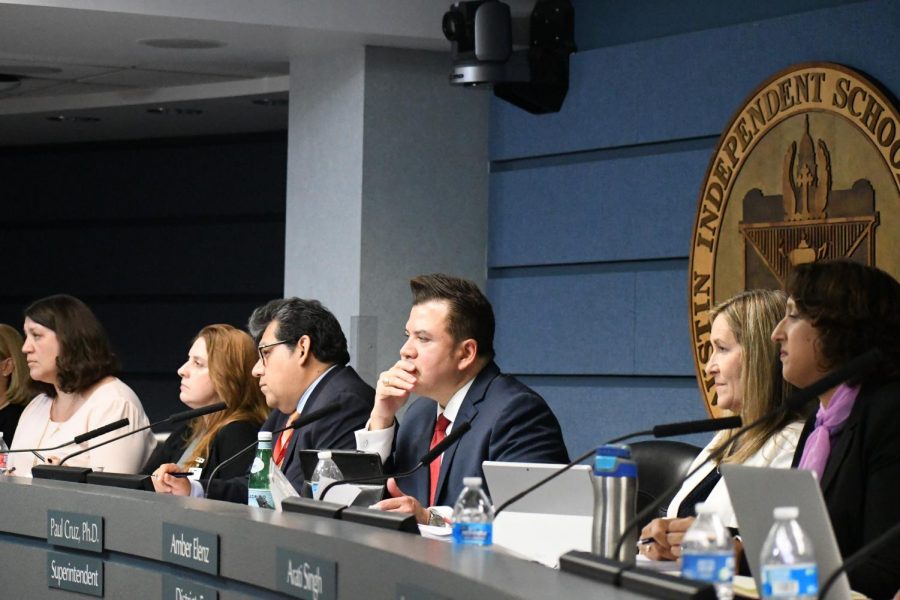
Cruz also assured that all teachers of good standing who are affected by the school changes will be guaranteed a new job at their current staffing level or higher.
Although the plans for the re-purposing of these closed campuses have not been released, the financial effects of closing these schools are clearly outlined under AISD’s proposal. The closure of both Metz and Pease would save the district more than $7 million in maintenance costs for each campus, the Sims (grouped with a possible Pecan Springs closure) re-purposing would save the district more than $8 million, and the closure of Brooke would save the district close to $10 million. The district hopes that these added savings would help combat AISD’s current debt and make up for the millions lost to state recapture each year.
“AISD will send $612 million to the state in recapture from 2019-2020,” Cruz said at the meeting. “Our district carries a burden of $1.4 billion and needed repairs to our facilities.”
He also assured the community that the funds saved would go right back into the community through improved schools and new and improved programs.
“School closures and consolidations are not in of themselves an equity strategy,” Cruz said. “The investments made from the resulting savings are the equity strategy.”
The proposals have been met with a large amount of negative feedback from members of the AISD community. Since three of the four schools (all except Pease) are located on the east side, the School Changes plan has sparked debate over the ethics of targeting the increasingly gentrified area. Dr. Stephanie Hawley, the district’s chief equity officer, mirrored frustrations about the plan at the November board meeting.
“The map that you have of the closures is a map of what 21st century racism looks like,” Hawley said to the board of trustees before their vote. “We desperately need an equity audit on our facilities, our finances, our academics, our data, our screening. We may be well-meaning, but we’re doing damage.”
Hawley and her team of equity officers had filed an equity report on the school closings, but as the report is still under review, it was unavailable to the board and the public at the time of the vote. Her concerns also fell on the process itself, calling it “very flawed,” and “not transparent.”
“Most of these students [affected by the changes] are low income, most are from “minority groups,” [are] majority Hispanic,” said Noelita Lugo, a Pease parent and a member of the Save Austin Schools coalition. “It just doesn’t make sense that the district would throw away an opportunity to really serve families who need quality public education.”
While the district has received positive feedback on a new plan for special education that would take place in the school changes plan, none of the public comments at the November board meeting supported the plan as a whole. Those arguing against recognize that the funding cuts are necessary but insist the process has room to be improved.
“My biggest concern is that the district hasn’t offered concrete, workable solutions,” Lugo said. “[They’re] going to close these schools, and there’s no forethought, no planning with how to transition these programs effectively, how to make sure the children and families are supported when they see their school close.”
AISD claims that communities will have the opportunity to provide input on the programming offered at the modernized campuses. Come spring, the debate over whether or not to continue with the closures will resume, and it will be decided if eight more AISD schools will join Brooke, Metz, Pease and Sims as official closures.



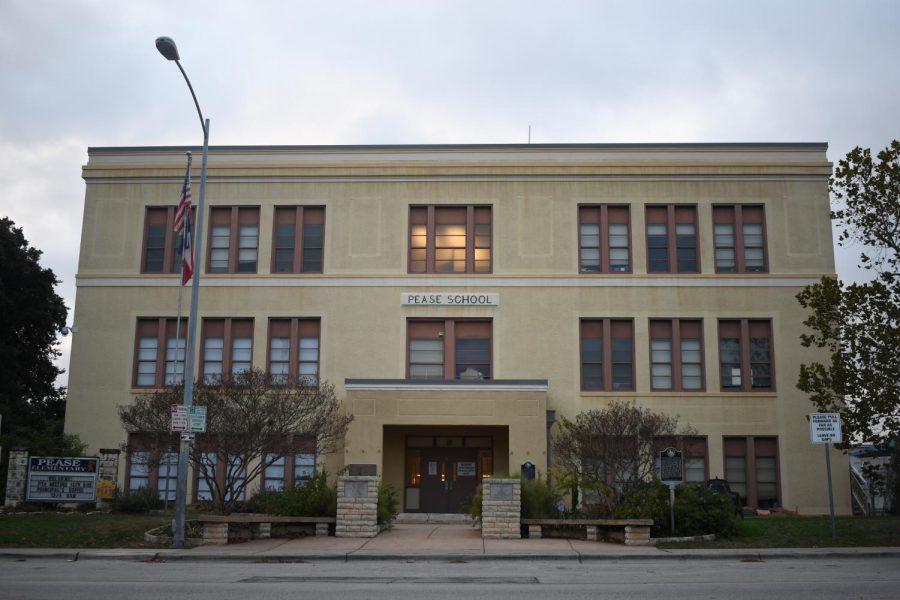


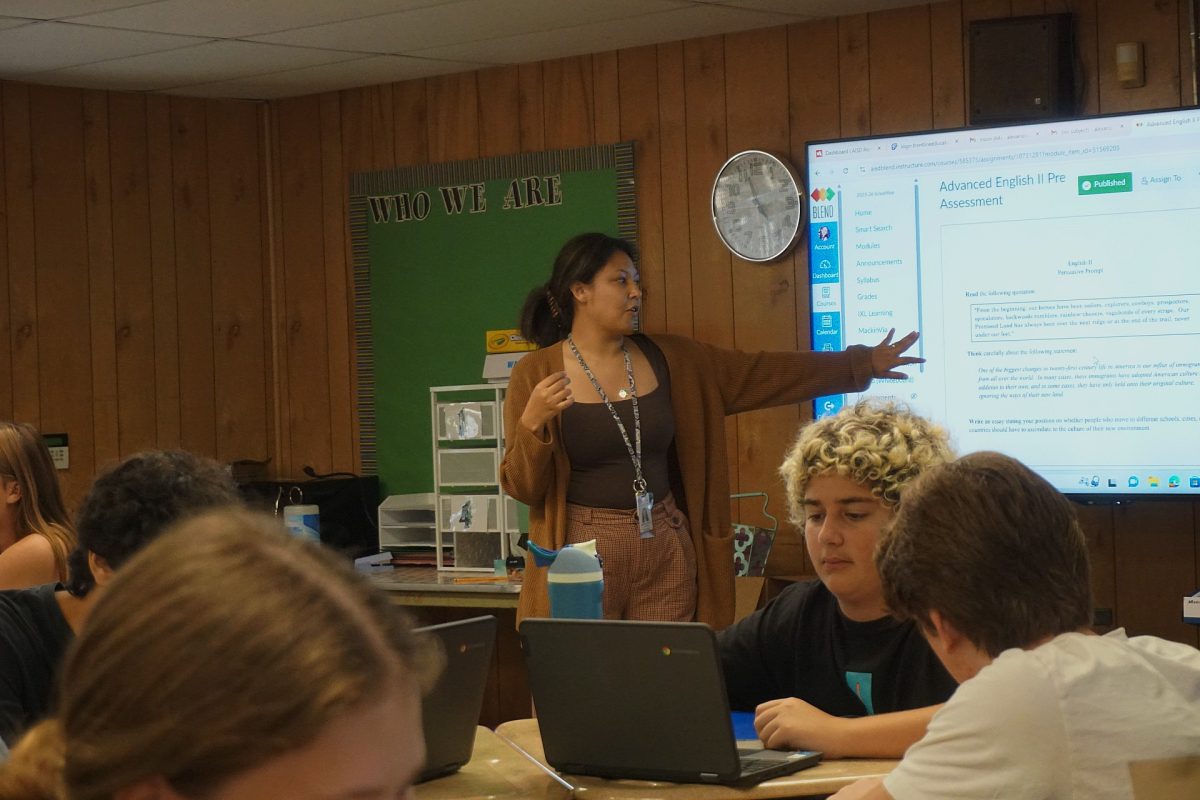
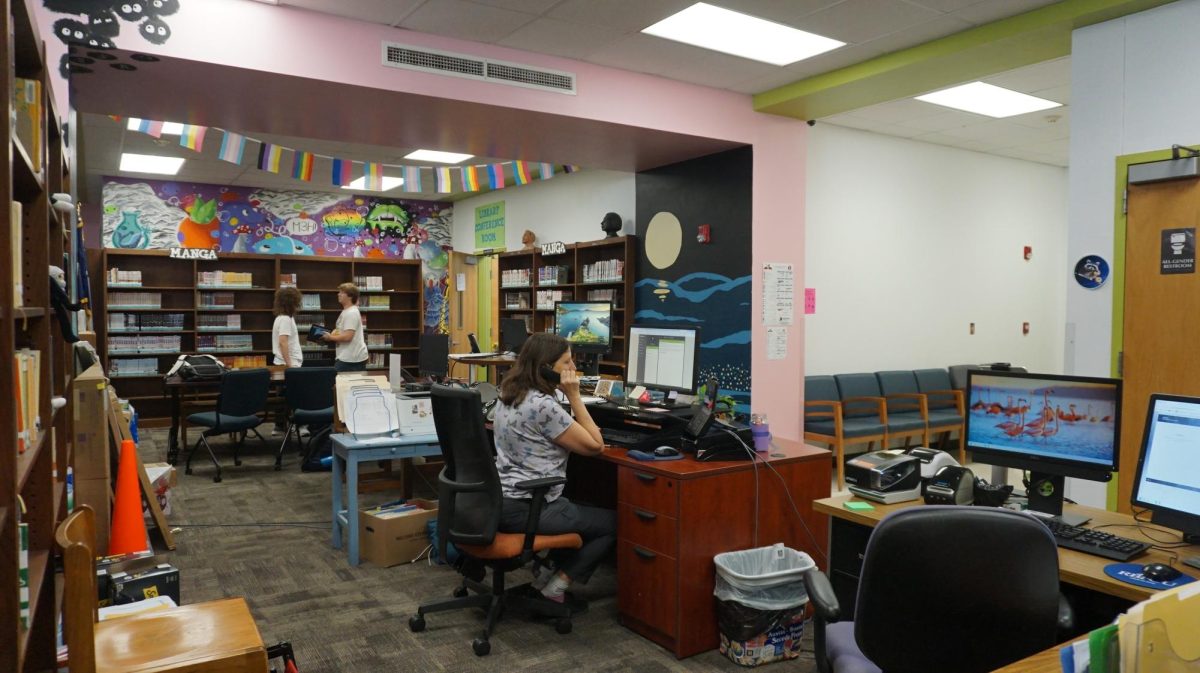


Kristine Garaña • Dec 17, 2019 at 2:29 pm
AISD has not been forthcoming on the costs of consolidation. In reference to Pease Elementary, it was land granted to be used for educational purposes in 1836 and due to a 1971 state reverter law the Pease property will revert to state if not used for Educational purposes. Aisd cannot sell the land or leave it unoccupied or develop it. Due to this reverter law, closing Pease Elementary will not save aisd the money it purports. It will have something there maybe even a school which costs money. I was told that was a different scenario that is why the cost is not included in the scenario. As M&O, it is only saving less $60,000 after loss of out district students, and cost of running a building even if empty, as for actual consolidation, aisd has committed to recreating the after school care that exists at Pease at another campus, has hired at least 2 folks to work on consolidation and may hire as many as 12 as per Dr. Cruz. I can’t fail too mention the many many hours of resources spent on the planning etc of consolidation. Additionally, some schools will have to add teachers. Of course, several out of district and in district families are seeking charters, private school, or returning to their home districts. Aisd has irreparably harmed the trust necessary to build a strong district and bonds in my mind are totally out of the question